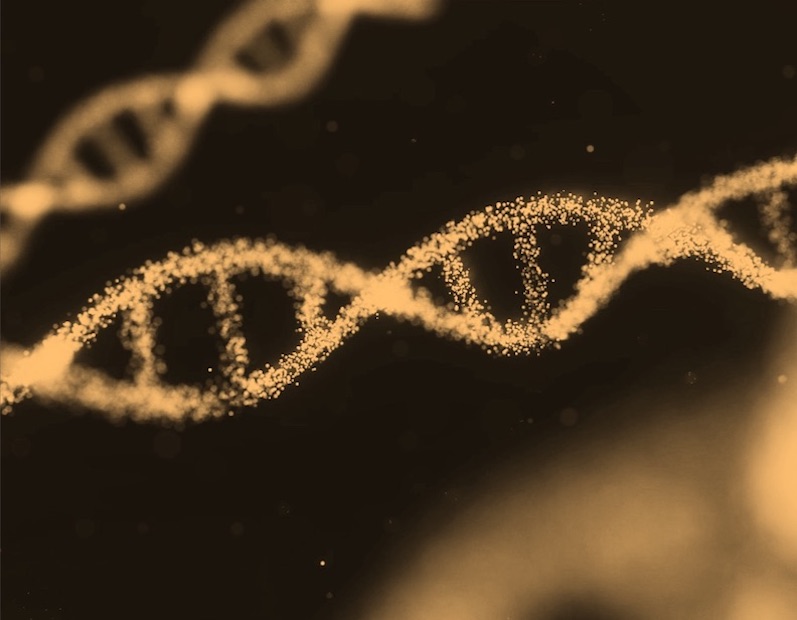What is it about?
A short editorial arguing that the proliferation and use of grey literature can undermine the integrity of science and knowledge. It presents a table of 25 examples of grey literature (e.g. White Papers) that are commonly referred to, but which - because they are not officially published - frequently disappear leaving a hole in the knowledge chain. In particular, the editorial criticises publishers because, although they for considerable research, they usually publish it as white papers rather than as formal - peer reviewed - articles.
Featured Image
Why is it important?
Grey literature is useful, but because it is rarely correctly archived - and has problems in citing correctly - it can cause problems when used as evidence. This editorial raises the inherent problems with reliance on this type of literature, especially in publihsing research.
Perspectives
This article was inspired by several problems experienced by the author and other colleagues, and it is hoped that it will cause authors to think carefully about how they "publish" their own work, and what work they use as evidence.
Pippa Smart
Read the Original
This page is a summary of: Twenty-five shades of grey, Learned Publishing, July 2015, Wiley,
DOI: 10.1087/20150301.
You can read the full text:
Contributors
The following have contributed to this page







